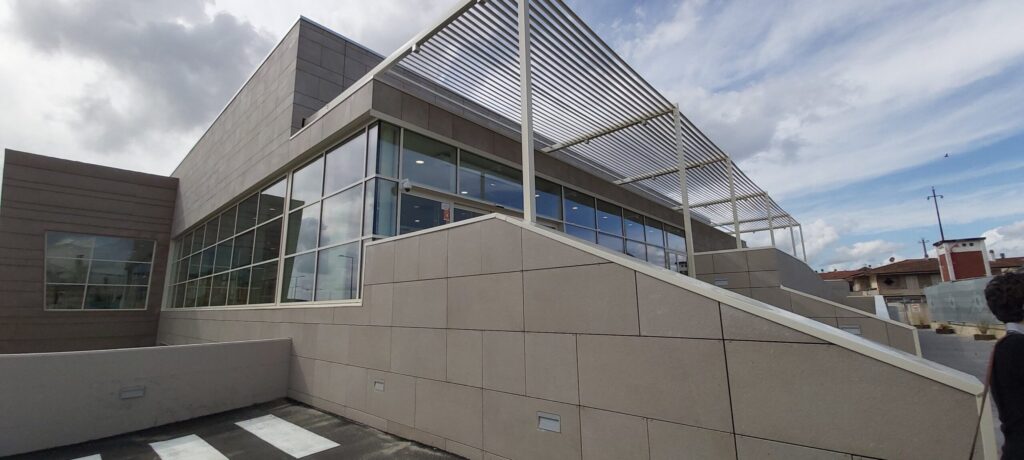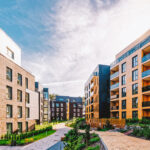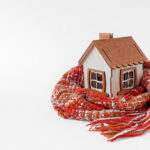To improve the energy efficiency, aesthetic quality and functionality of contemporary buildings, modern architecture requires innovative, versatile solutions. Integrating porcelain stoneware ventilated façades with modular raised floors is a strategic choice for anyone wishing to unite sustainability, performance and uniform design in a single design.
Porcelain stoneware ventilated façades: efficiency and sustainability
Porcelain stoneware ventilated façades are an advanced solution for externally cladding buildings. They are designed to improve thermal and acoustic insulation and guarantee superior energy efficiency. Thanks to the chimney effect of ventilated façades, natural ventilation is created between the building’s wall and the external tiles, which reduces heat dispersion in winter and overheating in summer.
Using porcelain stoneware for ventilated façades offers key benefits, including:
- A high level of weather resistance, which protects the building from rain, wind and thermal shocks.
- Durability, thanks to the unalterable, wear-resistant material used.
- Superior thermal and acoustic insulation, which heightens living comfort and reduces energy consumption.
- Customizable design, thanks to a wide range of colours, finishes and textures that can adapt to any architectural design.
Combining porcelain stoneware ventilated façades with modular raised floors also creates a harmonious style with visual and functional continuity between outdoor and indoor spaces that enhances the entire building.
Porcelain stoneware raised floors: versatility and performance
Porcelain stoneware raised floors are a high-performance solution that offers flexibility and easy access to plumbing and wiring systems without requiring invasive masonry operations. This type of floor is particularly suited to retail environments, offices and modern public spaces.
The main features of porcelain stoneware raised floors are:
- High load and wear resistance, which makes them ideal for a high level of footfall.
- Ease of inspection and maintenance, thanks to rapid access to plumbing and electrical systems.
- R10-R11 non-slip surfaces, that comply with indoor and outdoor safety standards.
- A wide range of styles, including wood, stone and concrete-effect finishes as well as other modern textures.

The perfect combination: porcelain stoneware raised floors and ventilated façades
Using external porcelain stoneware tiles for both ventilated façades and raised floors is an innovative solution that improves the functionality of buildings and guarantees architectural continuity between interiors and exteriors. The opportunity of using the same porcelain stoneware tiles on different surfaces is particularly suited to high-end projects and solutions that include large windows, terraces and balconies, where the visual transition between the indoor and outdoor surfaces needs to be fluid and elegant. The option of choosing surfaces with an R11 non-slip texture for exteriors and an R9-R10 texture for interiors also ensures safety and functionality with no comprising on style.
The benefits of integrating porcelain stoneware raised floors and ventilated façades include:
- Material uniformity, that guarantees continuity between walls and floors.
- High weather-resistance, a crucial factor for exterior environments exposed to sun, rain and snow.
- Aesthetic customisation, through contemporary, refined effects created by a wide selection of textures and colours.
To conclude, uniting porcelain stoneware ventilated façades with modular raised floors is not just an aesthetic choice, but a solution that offers energy efficiency, safety, versatility and ease of maintenance. This combination gives life to architectural projects that unite innovation and sustainability, improve living comfort and optimise the performance of modern buildings.



